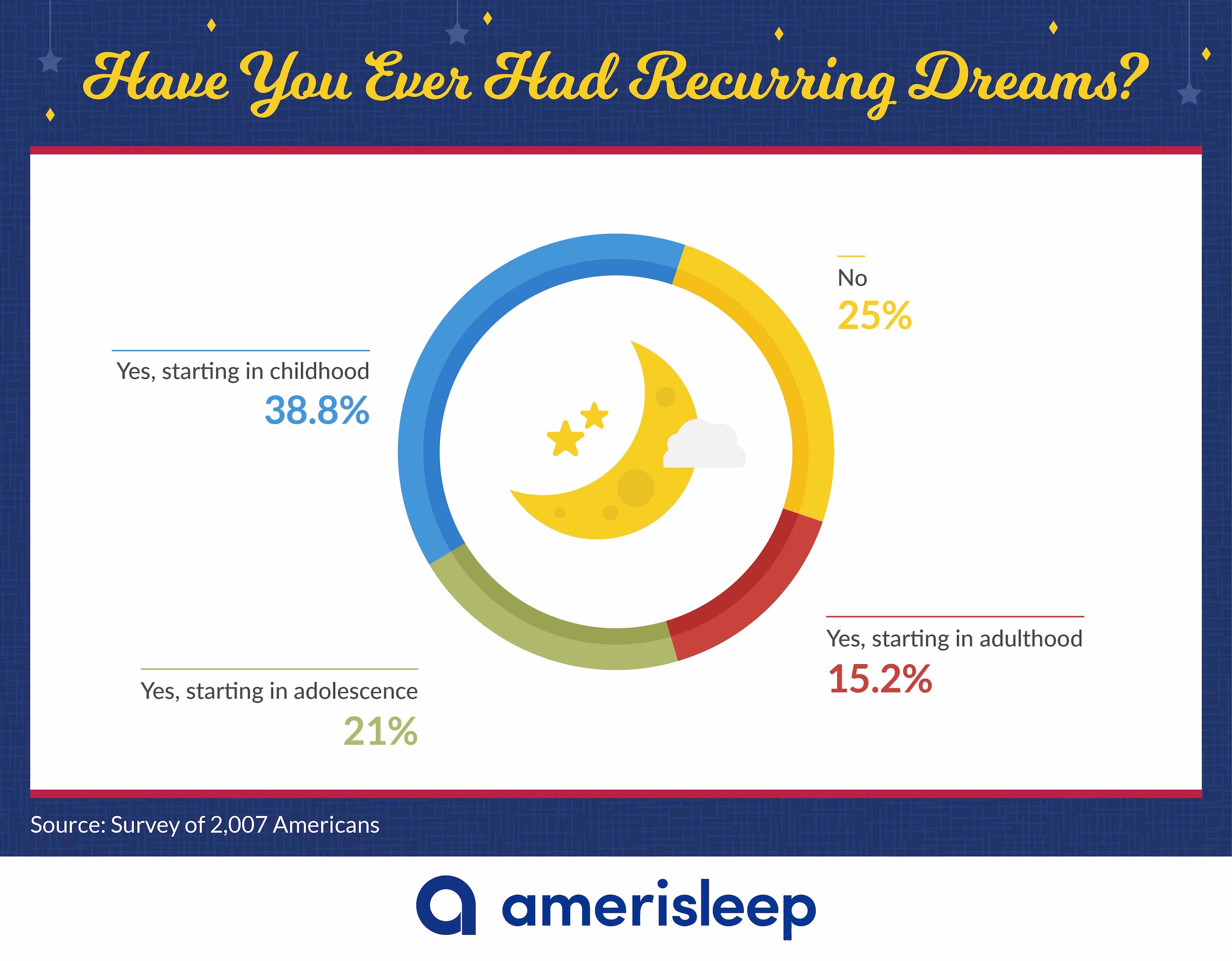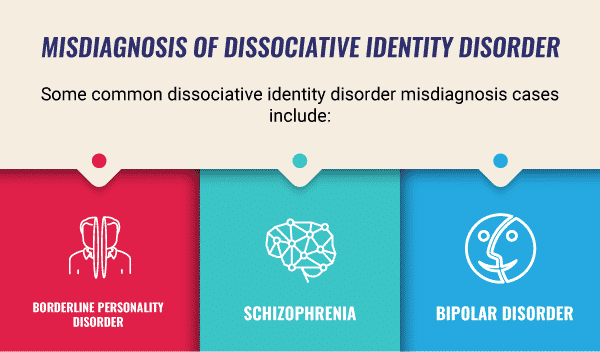Recently, I have been having recurring dreams, and this is not the first time I have experienced this type of dream. When I was about five or six, I watched The Chronicles of Narnia: The Lion, the Witch, and the Wardrobe and had dreams of wolves chasing me for months afterward. While terrifying at the time, it is hilarious looking back on it (especially since few people consider The Chronicles of Narnia to be a scary movie).
After waking up from one of my new recurring dreams, I remembered my nightmares as a kindergartener and decided to do a deep dive into the science behind recurring dreams.
What are Recurring Dreams?
Recurring dreams are dreams that are experienced repeatedly over a long period of time. Between 60 and 75 percent of American adults experience recurring dreams, and more women experience them than men.

Fig. 1. Hyde, McKenzie. America’s Most Common Recurring Dreams.
They are not necessarily nightmarish (though 77 percent of these dreams are negative); they can also be pleasant. Recurring dreams are unique to every person, but there are themes that are commonly seen in these dreams, including flying, falling, not being able to speak, being chased or trapped, being unprepared for an exam, and finding new rooms in a familiar building.

Fig. 2. Hyde, McKenzie. America’s Most Common Recurring Dreams.
What Causes Recurring Dreams?
It is common for recurring dreams to occur during times of stress, and these dreams may reflect unresolved conflicts in the dreamer’s life. Dreams, in general, help us to regulate our emotions and adapt to stressful events. The repetitive content in recurring dreams might represent an unsuccessful attempt to make sense of these emotions or stressful events. Once a person has resolved their personal conflict, they often stop experiencing recurring dreams.
Interpreting Recurring Dreams
If you are experiencing these types of dreams, there are ways to figure out their meanings and determine the reason that you keep having them.
When attempting to figure out what your dreams mean, it is helpful to think of them as metaphors, since recurring dreams often metaphorically reflect the emotions of the dreamers. For example, a dream about being unprepared for an exam might represent something in the dreamer’s life that makes them feel unprepared or judged by others. A dream about being naked or inappropriately dressed might represent something in the dreamer’s life that makes them feel embarrassed or humiliated.
In recurring dreams, the scenario almost never appears exactly the same way in each dream, since there are typically changes or shifts to the basic scenario. For example, if you are dreaming about driving a car with no breaks, there might be variations in the type of car or where the car is going. Dr. Kelly Bulkeley explains, “These variations on the recurrent theme can be very helpful in understanding why the dreams come when they do. If the basic scenario of a recurrent dream has a metaphorical meaning, how do the changed details in a particular dream connect the metaphor to something happening in the waking world right now?”
I hope this post helped you to better understand and interpret recurring dreams.

